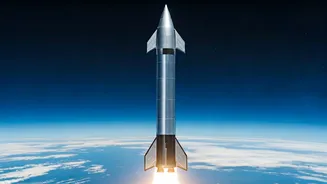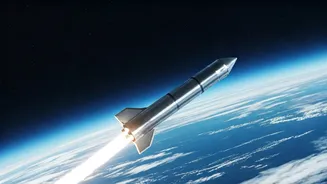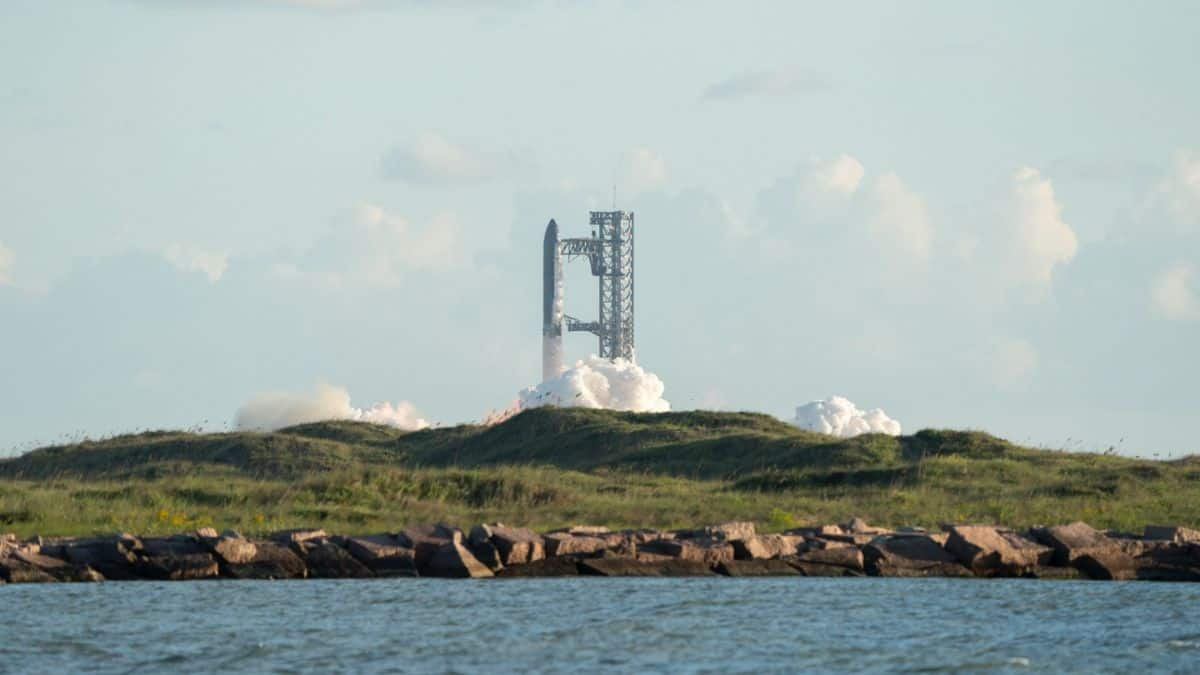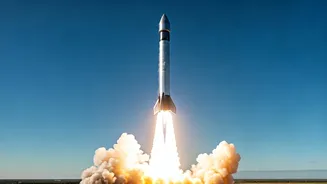V2 Design's Debut
The launch of SpaceX's Starship Flight 11 represented a key moment, specifically as the conclusive testing of the V2 design. This particular design was
meticulously crafted, incorporating a suite of improvements when compared to its predecessors. The primary focus of this design version was to refine the structural integrity, propulsion systems, and overall operational capabilities of the spacecraft. The successful launch verified the effectiveness of these changes, suggesting a more robust and efficient Starship ready for future missions. The V2 design's enhancements are expected to enhance Starship's performance throughout all phases of its flight profile. These enhancements should further increase the likelihood of mission success.
Launch Day Success
The successful launch of Starship Flight 11 was a landmark achievement. The launch was a carefully planned event that involved several stages, from the pre-flight checks and fueling procedures to the actual lift-off and ascent into the atmosphere. The entire launch sequence unfolded as planned. This level of precision is evidence of the sophisticated technology and the dedication of the engineering team. The success underscored the overall functionality and operational readiness of the spacecraft. The launch's achievements included a stable ascent trajectory, confirming the efficacy of the propulsion systems and structural integrity. The data collected during the flight will be critical for optimizing future designs.
Testing Phase Complete
Flight 11 was the final test of the V2 design, which indicates that the design has passed the tests. This designation marks a transition from the development and testing phase to the beginning of practical applications. The testing phase was a rigorous process, involving multiple iterative launches. Each flight contributed to understanding the spacecraft's performance and identifying areas for improvement. The data and insights garnered from the tests have been carefully analyzed. They have led to significant enhancements in the V2 design, including modifications to the engine configuration, improved heat shielding, and streamlined aerodynamic profiles. Completing the testing phase is a significant milestone, signaling the readiness of the technology for forthcoming missions.
Future Mission Prospects
The successful launch of Starship Flight 11 has considerable implications for future space missions. The enhanced capabilities of the V2 design should enhance its ability to undertake a variety of ambitious ventures. The spacecraft is poised to play a role in missions to the Moon and Mars. The reliability and efficiency of the new design will enhance the prospects for these missions, enabling them to be more economical. The completion of the testing phase and the approval of the design suggest that the Starship will become an important component of the space program. Space agencies and private companies alike should be able to capitalize on the Starship's capabilities to realize their objectives in space exploration and research. The future of space travel is closely linked with the progress made by this specific design.









